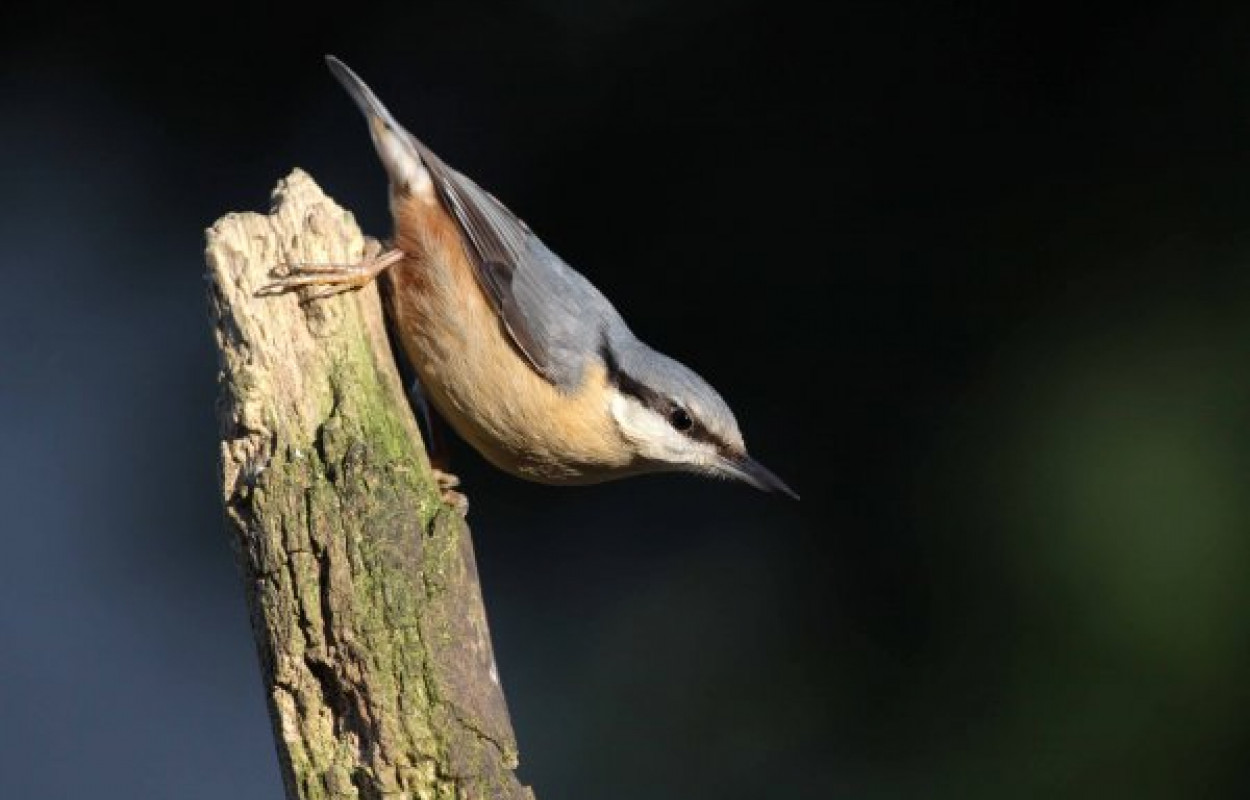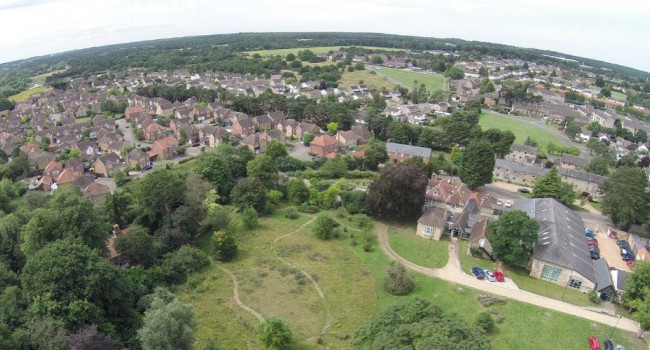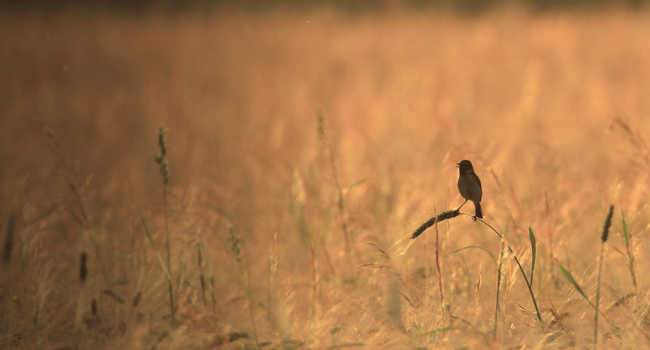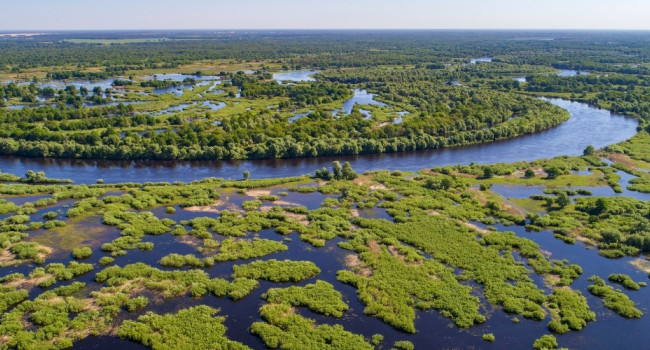Can site and landscape-scale environmental attributes buffer bird populations against weather events?

Author(s): Newson, S.E., Oliver, T.H., Gillings, S., Crick, H.Q.P., Morecroft, M.D., Duffield, S.J., Macgregor, N.A. & Pearce-Higgins, J.W.
Published: January 2014
Journal: Ecography Volume: 37 ( part 9 )
Digital Identifier No. (DOI): 10.1111/ecog.00575
The impacts of projected climate change on the populations and distributions of species pose a challenge for conservationists. In response scientists and policy makers have proposed a number of management strategies to try and enable species to persist in a changing climate. However there is limited evidence to support these management interventions, making it difficult for conservationists to decide on the most appropriate action to take for different circumstances.
New research just published by the BTO, in collaboration with CEH and Natural England, has used long-term monitoring data for woodland birds to support the prediction that habitat attributes (woodland patch isolation and area of woodland at the site and at the wider landscape scale) may influence the ability of some species to withstand weather-mediated population declines. Results suggest that these effects were most apparent among generalist woodland species, such as Bullfinch and Robin. However several specialist woodland species, like Nuthatch and Willow Tit, were also more likely to increase following population decline where there was more woodland at the site and in the wider landscape. While management is unlikely to provide a universal benefit to all woodland species, landscape-scale conservation initiatives that maximize woodland patch size and minimize patch isolation may allow the populations of some woodland bird species to be more resilient to climate change.









Share this page